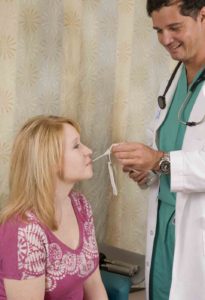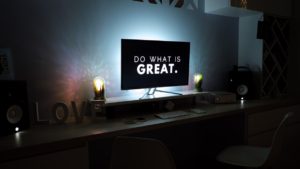Two of the key focuses of my blog are Financial Literacy/Money and Business/Entrepreneurship. Keys to successfully running any business or enterprise is: sound money management, control of cashflow and control of expenses. The following contributed post is thus entitled; Business Finances: Simplified.
* * *

As a business owner, you will likely find there are countless demands on your time. However, there is one demand that is undeniably the most important of all: sound financial management.
The financial state of a business is, after all, the dividing line between business success and failure. While it is undeniably important to think about the future, plan for growth, assess your competitors, keep your staff happy and so on and so forth, without good finances underpinning your company, all of these tasks are rendered irrelevant. Finances are everything… but they are also incredibly complex.
This is far from an ideal solution: the finances relating to your business are important, but they are also confusing, detailed, and in need of constant nurturing. It could be argued that dedicating all your time to good financial management would mean you had relatively little time to do anything else – so how can you cope with the demands of the rest of your business, and managing the finances of that business?
There is, thankfully, an answer to this question: you simplify your business’ financial management; and below, we’ve put together a few ideas that can help you achieve this goal.
#1 – Reduce the number of companies you make payments to
A standard business could find themselves making payments to individual providers for the following products:
● Gas
● Electricity
● Your business cellphone
● Internet service
● Business insurance
● Liability insurance
This means that – at a minimum – you may find yourself juggling six different providers just to establish the basics of your business. That’s six different companies you have to research prior to purchasing, six different account numbers, six different provider terms and conditions, six different customer service phone numbers to remember in case things go wrong, six different monthly direct debits – and that’s just the bare minimum.
Such a scenario is all too common, and it is the enemy of simplified finances. Instead, look for providers that offer a range of services; you could buy your cell phone plan and landline from the same company, click here to find out more about companies that can provide more than one type of business insurance, and group together your utility needs under a multi-fuel account. These measures would halve the number of companies you have to research and deal with, greatly simplifying the management of your outgoing costs as a result.
#2 – Note every single purchase you make

Imagine a scenario where you use your business credit card to make a stationery purchase. You’re busy, so you make the payment, tuck the receipt in your wallet – or archive the receipt email, if shopping online – and move on with your day, assuming you’ll record the transaction in greater depth at a later date.
There is, of course, a chance you’ll do just that – but running a business is demanding, and there’s an equal chance you’ll forget to do so. This means you’re effectively storing up a problem; a moment when you’ll study a bill, or go through your tax-deductible expenses, and be completely unable to recall the transaction. In the best case scenario, you’ll be able to find the receipt and track back, but even then, you’ve still spent more time than necessary on a small task.
Instead, record the following details about every purchase you make for your business:
● The amount of the payment
● The payment method you used; i.e. debit card, credit card, or cash
● The purpose for the payment
● The payment recipient
● The date of the transaction
You can then set a reminder on your phone to input the transaction into the relevant records and file the receipt for safekeeping as soon as is convenient.
#3 – Schedule account debits for the same time every month
If recurring outgoing payments debit from your account throughout the month, life can get confusing very quickly. You may find that you have to run the numbers and check you have the funds you need to cover future payments every time you wish to make a non-recurring payment or debit, which is far from ideal.
To avoid this, set up all of your recurring payments for a single day every month – ideally the first, as this remains the same date every month. You may find that you need to pay more for the first month on a new payment plan to change the dates, but this is well worth doing in order to achieve a more streamlined approach in future.
#4 – Use a “traffic light” system for financial tasks

When managing your business finances, it can often feel like you have a plethora of tasks demanding your time – you have to make payments to suppliers, manage your receipts, balance the books, issue customer refunds, and many more besides. If you’re feeling overwhelmed, implement a “traffic light” system.
To do this, start by making a list of all the financial tasks that are demanding your attention.
● Red: tasks that must be completed as soon as possible, with potentially severe ramifications – such as fines or fees – if they are late.
● Amber: tasks that must be completed as soon as possible, but that will not result in financial ramifications if they are not completed immediately.
● Green: tasks that are important, but that are without a pressing deadline or a set point at which they have to be completed.
● Any task that does not fit into one of these three categories should be set aside to be perused at a later date or potentially discarded entirely.
When every task is assigned a color, you can then begin to work through them in order of priority: red, then amber, then green, accomplishing as many as possible in the time you have available.
In conclusion

For your business to succeed, your financial management has to be excellent – but without consuming your entire schedule. If you give the tips above a try, you should find that you’re able to streamline your finances and exert positive control, while still managing to leave plenty of time for other business-related tasks. Good luck!

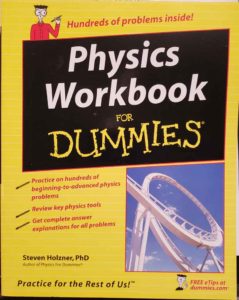 A key
A key 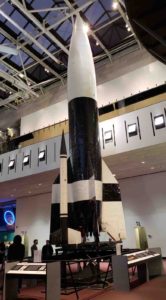 When
When 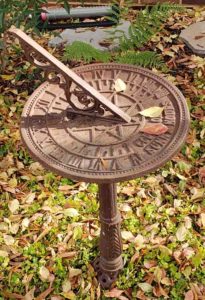 This is just a piece of Mechanics. There are many more calculations in the: Circuits and Electricity, Dynamics, Kinematics, and Thermodynamics chapters just to name a few. This meticulousness with formulas and units of measure is what
This is just a piece of Mechanics. There are many more calculations in the: Circuits and Electricity, Dynamics, Kinematics, and Thermodynamics chapters just to name a few. This meticulousness with formulas and units of measure is what  Students must become meticulous about the units measure and your calculator must become your ‘best friend’ just like in
Students must become meticulous about the units measure and your calculator must become your ‘best friend’ just like in 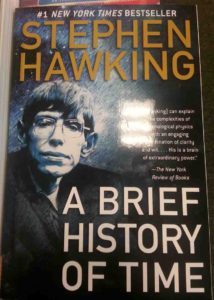 “I want to congratulate you. You’ve really turned things around this year,” my high school
“I want to congratulate you. You’ve really turned things around this year,” my high school 
